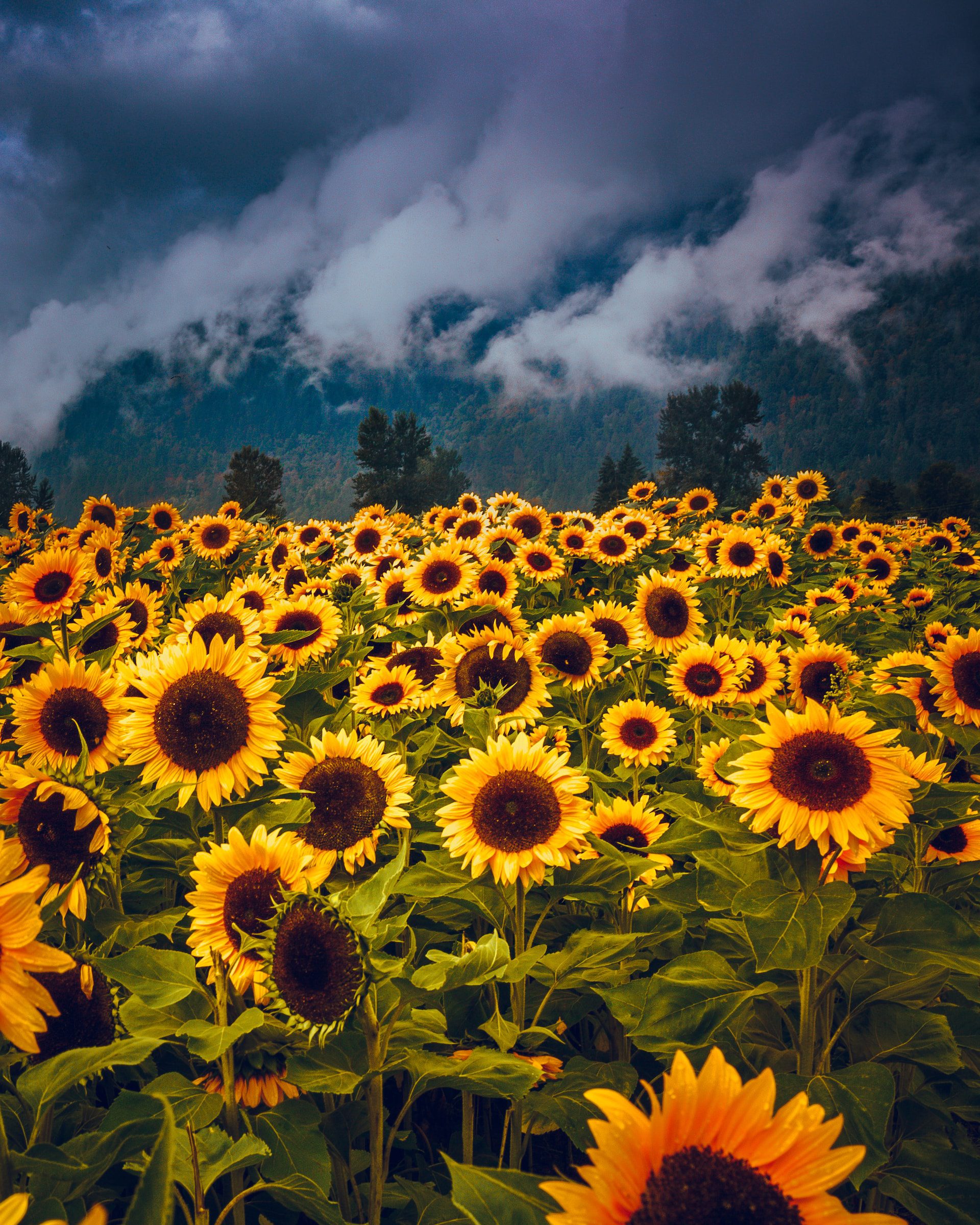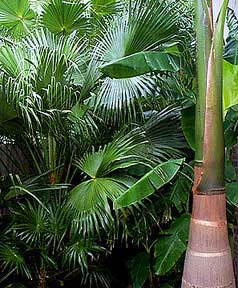Gardening is a rewarding pursuit that provides numerous benefits, from home-grown produce to a connection with nature. However, a common challenge many gardeners face is soil salinity, which can significantly impact the health and diversity of your garden.
So, what exactly is soil salinity, and why should it matter to you as a gardener?
Soil salinity refers to the amount of salt present in the soil. While salt is a natural part of the soil composition, too much of it can be harmful. High levels of salt in the soil can interfere with a plant’s ability to take up water, leading to stressed plants that struggle to grow and thrive.
But here’s the good news: understanding the concept of salt-tolerant gardening can turn this challenge into an opportunity. By choosing plants that can thrive in these conditions and knowing how to manage your soil effectively, you can still cultivate a successful, flourishing garden. So, let’s embark on this salty journey together!
The Concept of Salt-Tolerant Gardening
You’re probably wondering, what is salt-tolerant gardening? Well, it’s a gardening approach that takes the lemons Mother Nature gives us – or in this case, the excess salt – and makes lemonade.
In areas where soil salinity is high, traditional gardening methods may fall short. That’s where salt-tolerant gardening swoops in to save the day. It’s about adapting to the conditions, learning to work with the soil instead of against it. Rather than attempting to drastically change the soil composition, we shift our focus to growing plants that are naturally adapted to salty conditions.
The beauty of this approach is that it’s a sustainable, long-term solution. Instead of spending endless time and resources trying to alter your soil’s natural state, you’re embracing it and selecting plants that are more than happy to call your garden home.
Exploring Salt-Tolerant Plants
Now, let’s get to the fun part – choosing the plants. There’s a surprisingly wide variety of salt-tolerant plants, from vibrant flowers to robust vegetables and herbs, that you can incorporate into your garden.
1. Flowers: There are several types of flowers that not only tolerate salt but also add a burst of color to your garden. A few examples include sunflowers, daylilies, and sea lavender. These beauties are both visually appealing and resilient in the face of high soil salinity.
2. Shrubs: If you’re looking to add some greenery, consider shrubs like Juniper or Oleander. They’re sturdy, easy to care for, and provide structure and depth to your garden.
3. Vegetables: Yes, you can still grow your own food in a salt-affected garden! Certain vegetables, like Swiss chard, spinach, and asparagus, handle salty conditions quite well.
4. Herbs: Many herbs are also quite tolerant of high salt levels. Rosemary, thyme, and sage, for instance, can flourish even in salty soil.
While each plant will have specific needs regarding sunlight and watering, a common thread among these salt-tolerant varieties is their ability to withstand and even thrive in high-salinity soils. Choosing these kinds of plants for your garden is a solid step towards successful salt-tolerant gardening.
Tips for Managing High-Salinity Soils
Dealing with high-salinity soil may seem challenging at first, but with some practical tips, you can become quite proficient at it.
1. Identify the Signs: The first step is knowing if you have high soil salinity. Apart from getting a soil test done, some signs include white crust on the soil surface, stunted plant growth, or leaf burn in your plants.
2. Water Management: Proper watering techniques are crucial. Deep, less frequent watering encourages roots to grow deeper and access the less salty water below the surface.
3. Organic Matter: Adding organic matter to your soil can also help. Compost, manure, or other organic matter improves soil structure, enabling it to hold onto water better and thus reducing the impact of salt.
4. Planting Strategy: Planting salt-tolerant species in areas with the highest salinity helps to protect more sensitive plants. These hardy plants act as a living shield, absorbing the excess salt and creating a safer environment for other plants.
Remember, every garden is unique. What works for one gardener might need tweaking for another. It’s all about observing, learning, and adapting to your garden’s specific needs. With time and patience, managing a high-salinity garden can become second nature.
The Science Behind Salt Tolerance in Plants
When gardening, a touch of science can sometimes lend a hand in understanding what’s going on beneath the earth. Particularly, the secret of why some plants play nice with salt while others can’t stand it could be an intriguing study.
Consider plants that hail from seaside or desert locales. These plants have been throwing punches with salt for generations, and over time, they’ve developed a few nifty tricks to survive. Halophytes, for example, come equipped with tiny glands that actively expel the extra salt. Then there are those plants that stash away the salt in their leaves, and when the salt concentration gets too high, they simply shed the leaves.
So, the next time you spot a crusty white layer on your plant leaves, it’s not cause for alarm – it’s merely proof of your garden’s resilience!
This isn’t meant to turn you into a botanist overnight. Rather, it’s all about sparking curiosity and deepening your understanding of your garden. After all, tending to a garden isn’t just about nurturing plants, it’s also about nurturing an ever-growing sense of wonder.
Conclusion: The Benefits of Salt-Tolerant Gardening
As we unravel the salty saga of salt-tolerant gardening, it becomes evident that this isn’t merely a clever workaround for soils high in salinity. Instead, it’s a thoughtful, sustainable strategy that can help us to paint our gardens with a vibrant and resilient palette of plants.
This approach doesn’t just make peace with the environment; it celebrates it. It takes what could be seen as a challenge and transforms it into an opportunity, opening our gardens to a whole new world of flora.
Beyond the physical benefits, salt-tolerant gardening also offers a deeper, more philosophical gift. It shows us nature’s knack for overcoming hurdles with grace, reminding us that adaptation isn’t just about survival but also about finding ways to thrive in diverse circumstances.
Additional Resources
For those who want to dive deeper into the world of salt-tolerant gardening, there are many resources available. Here are a few that may be helpful:
- Native Florida Plants for Drought- and Salt-Tolerant Landscaping by Richard Wunderlin
- Seashore Plants of South Florida and the Caribbean by David W Nellis
- Salt Tolerant Plants for Florida Landscapes by William E Barrick
Managing Salts in the Home Garden – South Dakota State University Extension
Salt-Tolerant Native Plants – A comprehensive list of salt-tolerant native plants, including wildflowers and grasses, suitable for different regions.
Salt-Tolerant Plants – Gardening Solutions – University of Florida IFAS Extension: Explore their list of salt-tolerant plants for coastal landscapes in Florida, covering groundcovers, flowers, and more.
A simple list of salt-tolerant plants – University of Florida IFAS Extension: Salt-tolerant plants suitable for coastal landscapes.
Salt Tolerant Native Plants Best Bets – Master Gardeners of Northern Virginia: Access their list of salt-tolerant native plants recommended for coastal environments.
FAQ - Frequently Asked Questions
While salt is a natural part of the soil, certain factors like irrigation, high evaporation rates, and soil management practices can increase its concentration.
While salt-tolerant plants are more resilient in high-salinity soils, they still have their specific needs regarding sunlight, watering, and nutrients which need to be taken into consideration.
It’s best to start with plants that are both salt-tolerant and low maintenance, such as sunflowers, daylilies, rosemary, and thyme.
Some salt-tolerant plants can help absorb excess salt in the soil, but generally, they don’t significantly reduce soil salinity. They are simply better adapted to thrive in such conditions.
Implementing proper watering techniques and adding organic matter to your soil are some of the ways to manage and potentially reduce soil salinity over time.




